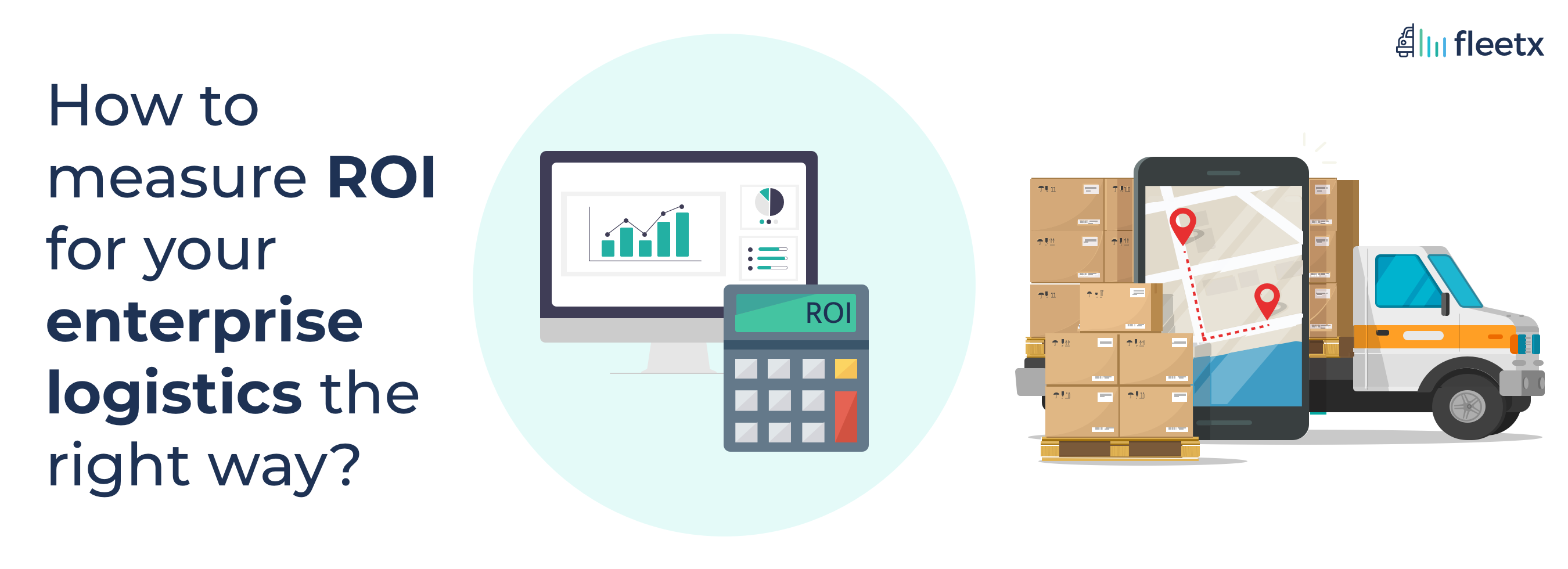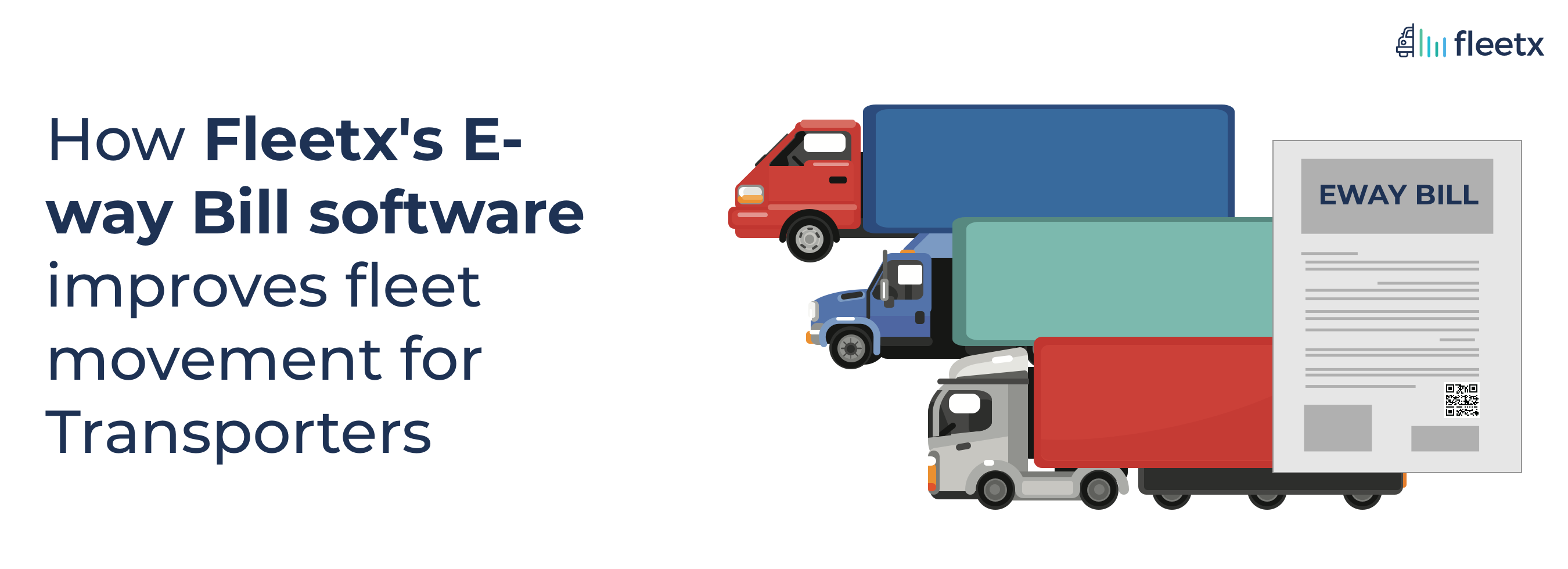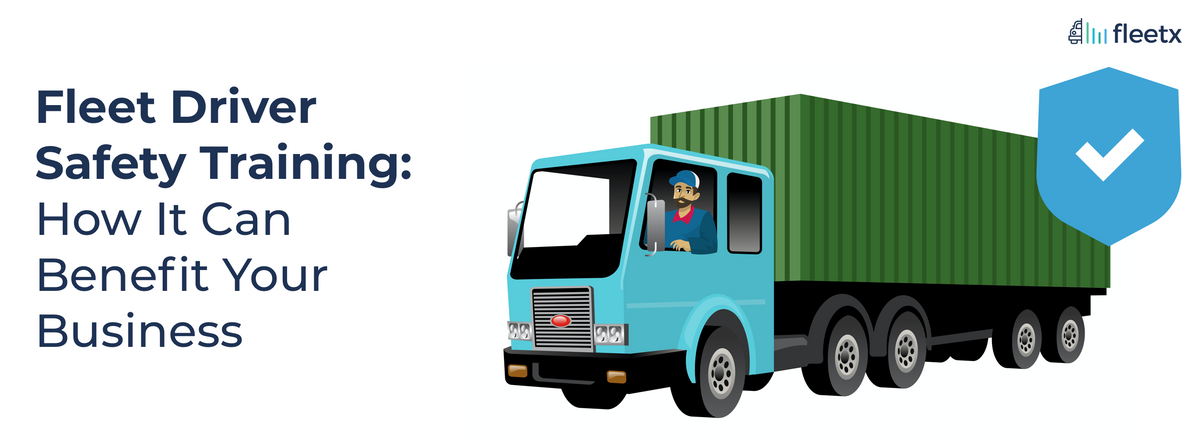
Logistics and Transportation make up a large portion of the operating cost for any business or enterprise across industries. The process is riddled with challenges that depend on various internal and external factors. In India, where enterprise logistics, largely, still operates in a traditional and primitive manner, getting the desired efficiency and return on investment continues to be a huge challenge for businesses.
Enterprise logistics and ROI
Every system that is implemented in logistics and transportation can only be judged once analyzed properly. In order to determine the success of the new systems, the need to measure them is of paramount importance. Thus, calculating ROI becomes absolutely essential for enterprises. In principle, calculating ROI for businesses is a pretty straightforward process.
The total return or output total investment or input costx 100
However, getting the desired ROI has been the real challenge for businesses. Let’s understand how the ROI for enterprise logistics is affected.
How is logistics for enterprise logistics affected?The case
Ganesh Carpets is a successful business enterprise based out of Kolkata that exports carpets to metro cities around India. They hire Shiva Transports, a traditional transporter to provide fleet management services for their exports. The average load for a trip being 5 tonnes, Shiva Transport charges them Rs 50,000 for a trip between Kolkata-Delhi, Rs 100,000 for a trip between Kolkata-Mumbai, and to other locations from Kolkata at Rs 100 per km.
Ganesh Carpets are in business with Shiva Transports since they do not own a fleet of their own to manage their transport.
The problem
The high cost of transport is a huge expense for Ganesh Carpets which is transferred to their selling price making it less competitive than its competitors. There have been various instances where either the delivery vehicle has reached late to the buyer or the unloaded quantity was less due to theft or other malpractice on the route. This has been a cause for concern for Ganesh Carpets as it is directly responsible for loss of revenue on various instances.
Impact of visibility and transparency on ROI for enterprise logistics
The biggest concern in the entire process however is the lack of visibility and transparency in the transportation process. The only way to take a status update is to directly call the driver and depend on their accountability. This eliminates the possibility of knowing any possible mishaps that could happen on the route, which include:
- Overcharged for longer distances by the transporter
- A high number of stoppages by the driver resulting in delayed shipment
- Theft and other malpractice as a result of risky routes or stoppages
- High possibility of the inefficient route being taken by the driver
and so on.
All these factors directly or indirectly affect the ROI for enterprise logistics and transportation. Enterprises suffer damages to both revenue and image due to inefficient fulfilment of orders by customers.
Measuring ROI for Enterprise Logistics using technology
Technology has played a huge role when it comes to improving operating efficiency in the logistics industry. Integrated systems, smart warehousing, weighbridge automation, and so on, the list is long. However, its biggest contribution is bringing transparency to the entire process through data analytics and automation. Transparency in logistics helps weed out the inefficiencies in the process and fix them.
Let’s look at how automation using fleet management technology can help enterprise logistics calculate their ROI better.
Improves visibility in calculating the transportation cost for better ROI measurement
Transporters charge enterprises for providing fleet services based on the distance travelled during the trip. Since there is no accountability of the route taken, this could give rise to false information being provided by the transporter and overcharging. Scheduling and routing solutions offer the most efficient option in terms of cost and operation between two locations. It does so by providing information on:
- The fastest route with the shortest distance
- The route with the least number of tolls
- Real-time route optimization based on data
- Estimate time and cost based on previous trips
It eliminates shadow pricing by transporters and allows enterprises to have a transparent assessment of the actual cost. Thus, eliminating overcharging and malpractice. It further maximizes ROI for enterprise logistics as well as provides metrics for a more accurate calculation.
Eliminates theft, malpractice and prevents delays reducing operational cost and improving ROI
Due to lack of visibility on route drivers take an unwanted number of stops which causes a delay in cases of time-bound deliveries hampering revenue and reputation. Vehicle Tracking systems allow businesses to track the location of all on-route vehicles in real-time. As a result, unwanted stops during a trip can be flagged and dealt with, reducing the chances of delays. Increased transparency helps avoid unnecessary detours, thus, saving operational costs and improving ROI. It further reduces the chances of theft of goods and other malpractices by detecting and flagging the difference in weight of goods.
AI and Data-driven insights help enterprise logistics compare transporters based on ROI they offer
Fleet management systems use AI and performance-driven insights to analyze performance and efficiency based on previous trip details. This helps enterprise logistics more visible comparison between transporters based on various metrics which are relevant to the operation. Businesses can thus make more informed choices by analyzing the ROI of various transporters and hiring the most efficient transporter with the highest ROI for their operations.
Fleet Management Softwares can help transporters reduce the idle time of vehicles in their fleet
Large fleet operators often face the issue of their vehicles being lying idle due to administrative work or laxity on the driver’s end. This drives up the transportation cost for enterprises as well as reduces the fleet efficiency due to the non-use of the vehicles. Fleet Management Softwares can help track the loading and unloading time of each vehicle for faster delivery and release of vehicles. This reduces idle usage as well as brings down the cost of transportation for enterprises.
Should businesses opt for enterprise logistics solutions?
Technology and data-driven fleet management solutions offered by Fleetx are making the industry more transparent and process more visible. This has a ripple effect on both efficiency and revenue for enterprises. Businesses can be more in control as the increasing visibility allows them to measure the ROI for various operations better. It also allows them to navigate how their goods are being transported and straighten out inefficiencies, better performance and returns. An in-plant logistics solution can be the next big step in automating and making operations in plants much more efficient and cost-effective. In the case of a third-party provider, factors like fuel management, log time, the distance among others can be visibly tracked and managing to allow for better measurement of ROI.


